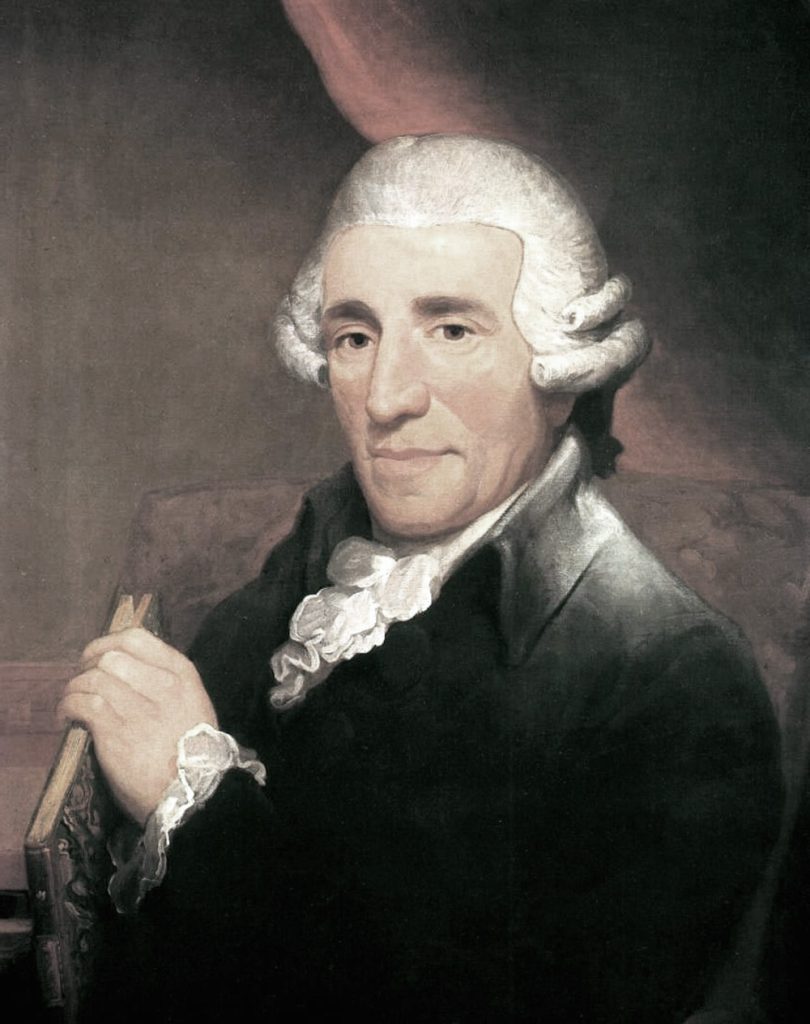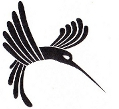
Performed on June 11, 2023; James Knox Sutterfield, conductor.
Te Deum laudamus, te Dominum confitemur.
Te aeternum Patrem, omnis terra veneratur.
Tibi omnes Angeli, tibi coeli et universae potestates,
Tibi Cherubim et Seraphim, incessabili voce proclamant,
Sanctus, Sanctus, Sanctus, Dominus Deus Sabaoth.
Pleni sunt coeli et terra majestatis gloriae tuae.
Te gloriosus Apostolorum chorus,
Te Martyrum candidatus laudat exercitus.
Te per orbem terrarum sancta confitetur Ecclesia,
Patrem immensae majestatis,
Venerandum tuum, verum et unicum Filium,
Sanctum quoque Paraclitum Spiritum.
Tu Rex gloriae Christe.
Tu Patris sempiternus es Filius.
Tu, ad liberandum suscepturus hominem,
non horruisti Virginis uterum.
Tu devicto mortis aculeo,
aperuisti credentibus regna caelorum.
Tu ad dexteram Dei sedes in gloria Patris.
Judex crederis esse venturus.
Te ergo quaesumus, famulis subveni,
quos pretioso sanguine redemisti.
Aeterna fac cum sanctis tuis in gloria numerari.
Salvum fac populum tuum, Domine,
et benedic haereditati tuae.
Et rege eos, et extolle illos usque in aeternum.
Per singulos dies benedicimus Te,
Et laudamus nomen tuum in saeculum,
et in saeculum saeculi.
Dignare, Domine, die isto sine peccato nos custodire.
Miserere nostri, Domine, miserere nostri.
Fiat misericordia tua, Domine, super nos,
quemadmodum speravimus in Te,
In Te, Domine, speravi, non confundar in aeternum.
We praise Thee, O God, we acknowledge Thee to be the Lord.
All the earth doth worship Thee, the Father everlasting.
To Thee all angels cry aloud, the heavens and all the powers therein,
To Thee cherubim and seraphim continually do cry,
Holy, holy, holy, Lord God of hosts.
Heaven and earth are full of the majesty of Thy glory.
The glorious choir of the apostles praise Thee,
The noble army of martyrs praise Thee.
The holy Church throughout all the world doth acknowledge Thee,
The Father of an infinite majesty,
Thy honourable, true, and only Son,
And the Holy Spirit, the Comforter.
Thou art the King of glory, O Christ.
Thou art the everlasting Son of the Father.
Thou, having taken upon Thee to deliver man,
didst not disdain the Virgin’s womb.
When Thou hadst overcome the sting of death,
Thou didst open the kingdom of heaven to all believers.
Thou sittest at the right hand of God, in the glory of the Father.
We believe that Thou shalt come to be our Judge.
We therefore pray Thee, help Thy servants,
whom Thou hast redeemed with Thy precious blood.
Make them to be numbered with Thy saints in glory everlasting.
O Lord, save Thy people,
and bless Thine inheritance.
Govern them and lift them up forever.
Day by day we bless Thee,
And we praise Thy Name forever,
yea forever and ever.
Vouchsafe, O Lord, to keep us this day without sin.
O Lord, have mercy upon us.
O Lord, let Thy mercy be upon us,
as our hope is in Thee,
O Lord, in Thee have I trusted, let me never be confounded.
Welcome, and thank you for joining The Kent Singers as we bring our 50th season to a celebratory close!
Franz Joseph Haydn’s Te Deum no. 2 in C major serves as a suitably festive opener for this occasion. The Te Deum is a hymn of praise from Christian liturgy, and, though it is a regular part of Matins or Morning Prayer services in some denominations, it can be appended to other services on special occasions. Because of this use of the text, many composers have written celebratory settings of the Te Deum like this one, which was commissioned around 1799 by Empress Maria Theresa, wife of Francis II, who was the last Holy Roman Emperor and first Emperor of Austria. Haydn was highly successful and popular but jealously guarded by his wealthy and powerful employers, the Esterházy family, so it was rare that they allowed him to compose music for others—even an empress. Haydn, who composed many short Mass settings, was no stranger to fitting a great deal of text into a compact piece of music. He often resorted to “telescoping” the text of the Credo by having different voice parts sing different sections of text at the same time to get through it faster (a technique used by other composers as well, and often in conflict with the wishes of the clergy). There is almost no such telescoping in this piece, though. Indeed, much of the text is sung homophonically (all parts singing at the same time), providing much clarity and showcasing Haydn’s sensitivity to the text.
Overall, the music is characteristic of Haydn, who was known for both his technical prowess and his inventiveness. (His contributions to musical forms were so influential that Haydn is often credited as “father of the symphony” and “father of the string quartet.”) Structurally, this piece is divided into a three-part form, something Haydn helped popularize to the extent that it grew to be standard: outer fast sections with a slower middle section. For added contrast, the middle section is also in the minor mode. The opening theme, heard in the brief orchestral introduction and then sung in unison by the choir, is a quote of one of the Gregorian chant melodies historically used for the Te Deum hymn. While Haydn quickly moves to newly composed material and four-part harmony, he frequently returns to a unison texture at the beginning or end of a section, which has a striking effect. Baroque-style fugues were well out of musical fashion by this time, but Haydn often incorporated them into the final section of a piece, as he does here before a final coda full of harmonic surprises. No doubt his audiences forgave him the anachronism because of the exciting freshness of the rest of his music. He was a master of subverting expectations, and his themes develop rapidly, often bringing a sense of playfulness to the music despite its careful structure.
